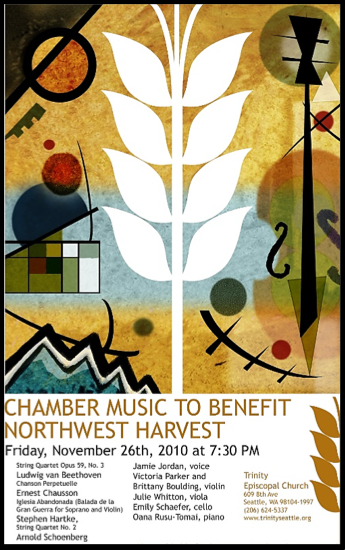A vivid memory from my Palouse Country boyhood is watching Dad cut tall grasses and weeds around our farmyard with an exceedingly old scythe. He was fond of saying, “There’s a right way and a wrong way” (to just about everything), and I remember him showing my brother and I how to properly hold the handles (“nibs”) and set a rhythm to the cutting. Early cradle scythes appeared in the thirteenth century and are depicted in paintings by Pieter Brueghel the Elder (c. 1525-1569). These featured a small half-circle loop attached to the base of the handle that caught the entire mowed gavel that was dropped at the end of each stroke for gathering into piles. Some ten swaths by an experienced fieldworker typically provided enough stalks to fashion a sheaf about one foot in diameter, and a long day’s labor with a scythe kept keen could cover from one to two acres depending on field conditions. A customary fieldworker echelon of four reapers followed by a binder could then harvest about five to six acres per day. The improved cradle scythe featuring a long scythe blade connected to four to six long wooden ribs that could hold several swaths eventually appeared in nineteenth century America. Its more substantial cuttings were then dropped in the stubble to be bundled and placed into rows of shocks. Using the more modern method, a single cradler-bundler pair could cover about the same area as the medieval five-member team.
Cradle Scythe (c. 1890), Columbia Heritage Collection
In medieval times, a landowner typically appointed a bailiff to preside over the day-to-day operations of the manor’s agricultural enterprises. Reporting to the bailiff were the reeve (Old English gerefa), the workers’ representative in civil affairs, a hayward (heggeward) responsible for safeguarding fields of hay and grain from theft and roaming livestock, and harvest overseer (“lord”) who urged timely completion in Thomas Tusser’s sixteenth century poem, “The End of Harvest.”
COME home, lord, singing,
Come home, corn bringing.
'Tis merry in hall,
Where beards wag all.
Once had thy desire,
Pay workman his hire:
Let none be beguil'd,
Man, woman, nor child.
Thank God ye shall,
And adieu for all.
Tusser’s classic was among the most popular printed works in Elizabethean England and reflects his own experience as a small farmer. Some proverbs on thrift and country life that appear in his verse may not have been original with him, but appear for the first time in such writings from the period and also testify to harvest labor and equipment from the time (“Threshe sede and go fanne”). Tusser also offers qualified support to the era’s controversial enclosure of open fields which was widely opposed by rural commoners who had long benefited from access to the commons (“champion farming”). But Tusser saw economic benefits for all from individualized stewardship of natural resources that would improve efficiency and diversify crop production (“More profit is quieter found / Where pastures in severall be; / Of one seely acre of ground / Than champion maketh of three”).











